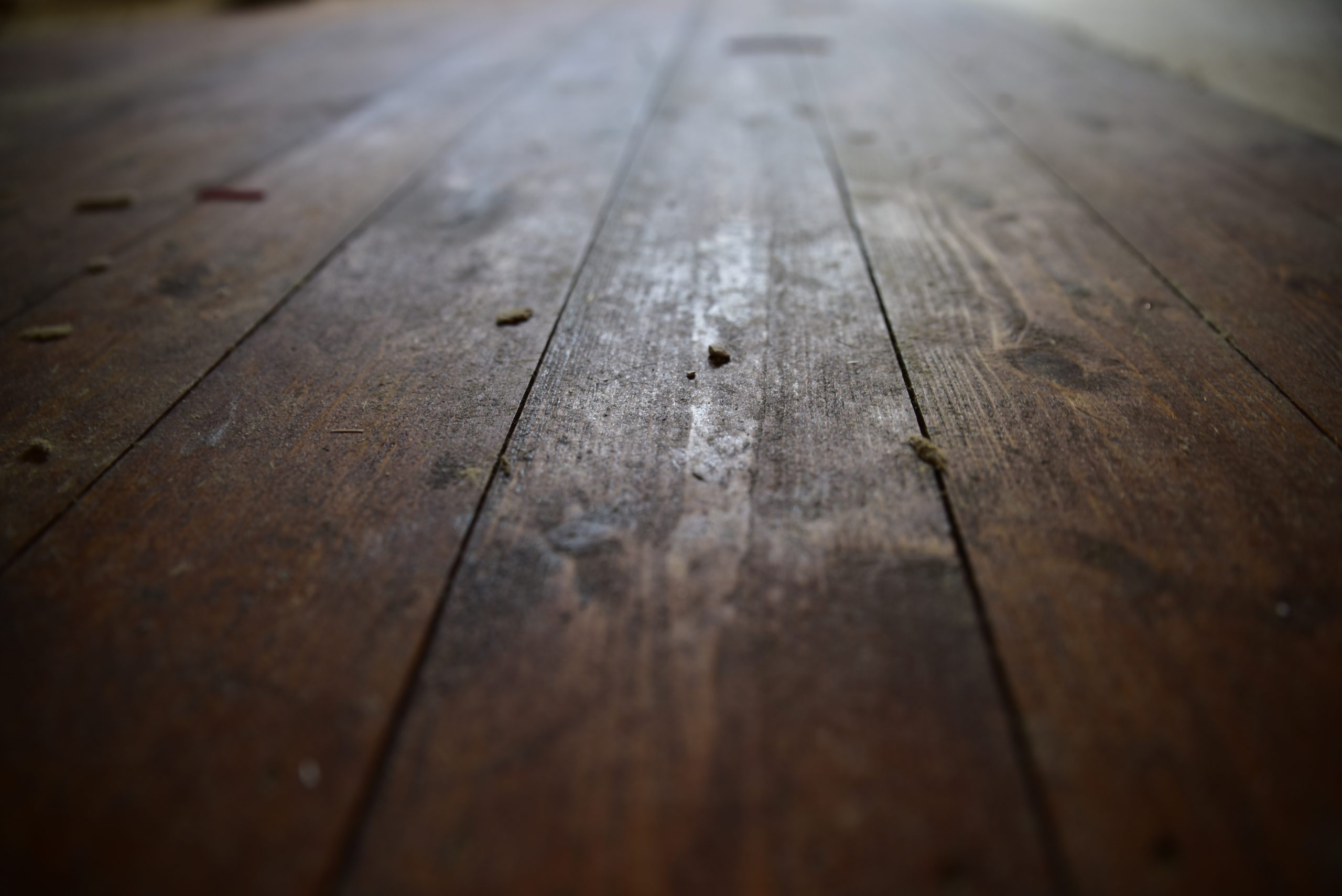Chris and Sun deliberately bought the worst house on a great street, and they already are losing count of the number of people who have advised them to tear it down and start again.
While multiple tradesmen have looked bewildered when the couple have told them they are retaining all but the 1970’s bolt-on sunroom at Hampton in Melbourne’s popular Bayside region; others are starting to queue up to join the project, as word spreads about the plans to redevelop the plot into a regenerative home.
“There are so many reasons to hold onto this 1920s California Bungalow home, even though most others in the area have been replaced by much bigger, modern homes,” Chris said.
While multiple tradesmen have looked bewildered when the couple have told them they are retaining all but the 1970’s bolt-on sunroom at Hampton in Melbourne’s popular Bayside region; others are starting to queue up to join the project, as word spreads about the plans to redevelop the plot into a regenerative home.
“There are so many reasons to hold onto this 1920s California Bungalow home, even though most others in the area have been replaced by much bigger, modern homes,” Chris said.
“When these houses became popular after the First World War, American culture had become popular and California Bungalows were considered ideal for the hot Australian climate – with extended eaves, shaded front porches and open plan, well ventilated interior spaces.
“At the same time, these homes have been likened to wooden tents. The windows provide almost no protection against the cold, the walls don’t have insulation, and the building envelope is very leaky – so the houses really don’t do much to protect residents from hot summers or the chill of winter.
“Lots of people who move to Australia from Europe or North America, remark about how cold our houses are, despite our winters being much more mild than the ones they are used to, because we have had little incentive or initiative to adopt more efficient house building rules.
“We want our Hampton project to bring together what we love about the existing architecture and world’s best practices in airtight, well-insulated and low energy home design. We also wanted our renovation to contribute positively to broader system change in the way we build homes in Australia. We are targeting the highly respected Living Building Challenge certification, a regenerative framework that requires us to ask the question ‘what does good look like’ across all aspects of our renovation project.
Chris has spent two decades advising companies how to improve the environmental efficiency of commercial buildings, and now is applying his expertise to their new home.
“We saw the opportunity to develop this house in ways that not only provide our family with a healthy, comfortable and inspiring place to live, but also to inspire others to take the same journey” Chris said.
The community we are building in has declare a climate and biodiversity emergency, and we know building and operating our homes has the potential to worsen things further. Regeneration is a philosophy and practice that is all about making people and nature stronger. It isn’t about doing less bad, but more good. So rather than a home that is a bit more energy efficient, what about one that generates more energy than it uses? And this principle can be also be applied to things like water use, materials, health and the ecosystems.




